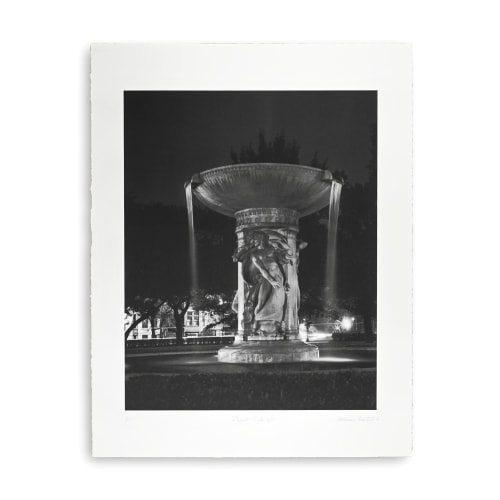Volkmar Wentzel was born in Dresden, Germany, to a father who was both a chemist and an amateur photographer. As a child, Wentzel spent time in his father's darkroom, experimenting with lights and photochemicals. This early exposure sparked his desire to become a professional photographer. However, his family's relocation to the United States in 1926 disrupted his plans. Seeking to escape the turmoil of post-war Germany, the family settled in Binghamton, New York, where Wentzel quickly became a disillusioned teenager. He dropped out of high school and hitchhiked to Washington, D.C., eventually landing in an artist colony in West Virginia. There, he supported himself by taking photographs and selling them as postcards. A turning point came when Eleanor Roosevelt visited the area and purchased three of his postcards, prompting Wentzel to pursue photography as a career.
Wentzel returned to Washington, D.C., in 1935 and gained recognition just a year later with his Washington by Night portfolio. He subsequently became a photographer for the National Geographic Society, where he would work for 48 years. During his tenure, he photographed thirty-five stories for the magazine and authored another ten photo essays. He undertook assignments in regions that had seen little exploration, such as Nepal, Newfoundland, and Swaziland. His only break from this work was during his military service in World War II, where he was stationed in the Pacific and handled photographic duties for the Army. After returning to the Society, Wentzel took on numerous domestic assignments and was one of the few photographers allowed to capture the return of John F. Kennedy's casket to Washington, D.C.
Throughout his extensive career, Wentzel's photographs received numerous awards and were exhibited at prestigious institutions, including The Metropolitan Museum of Art, the Royal Photographic Society, and the Smithsonian Institution. In his later years, after many of his negatives were recklessly destroyed at the National Geographic Society, he dedicated himself to advocating for and overseeing the preservation of over 10 million images in its photographic archives.


